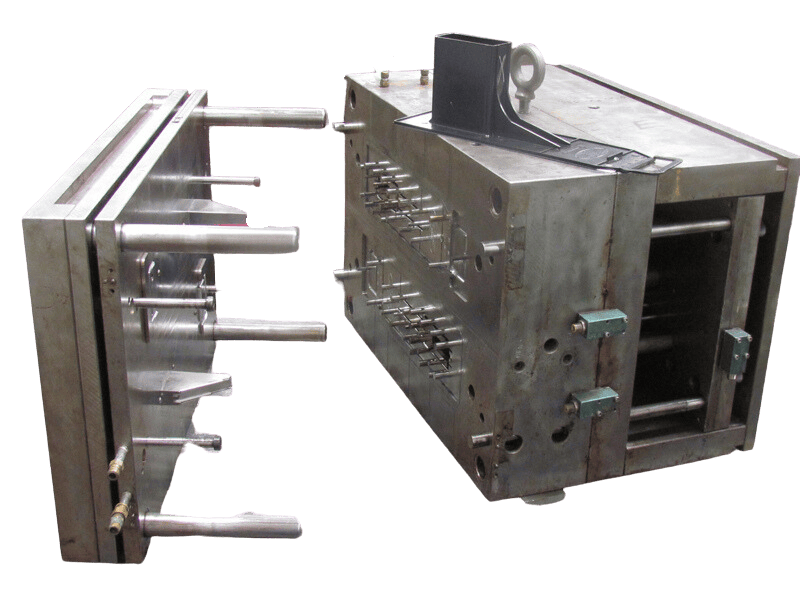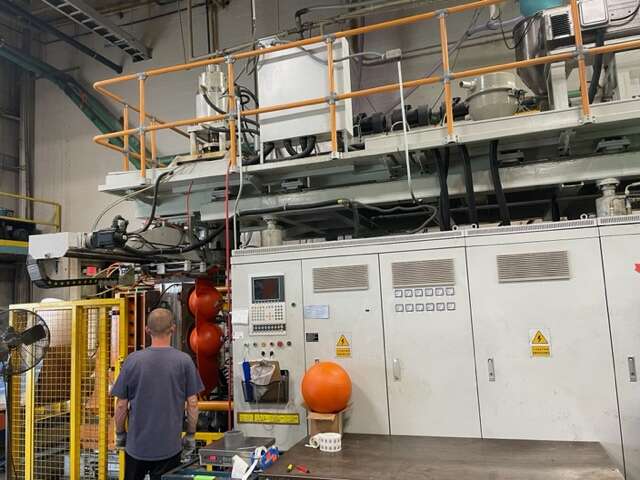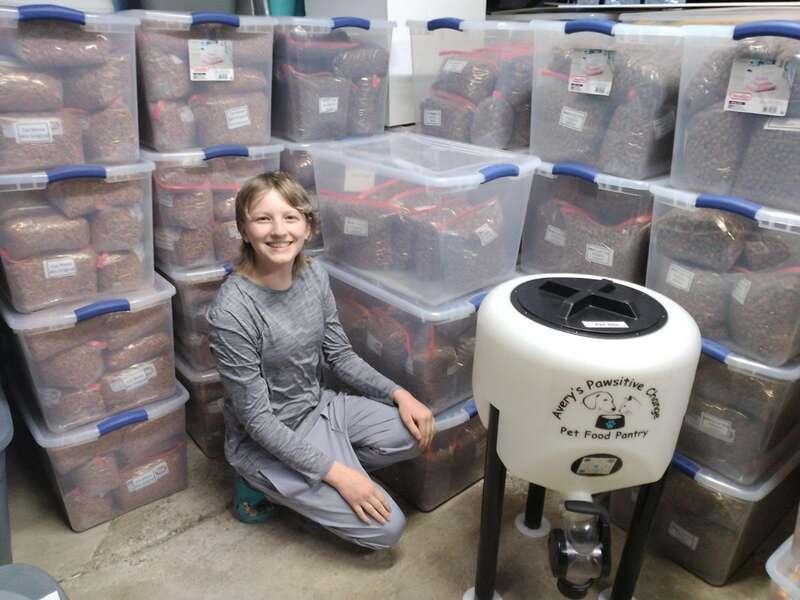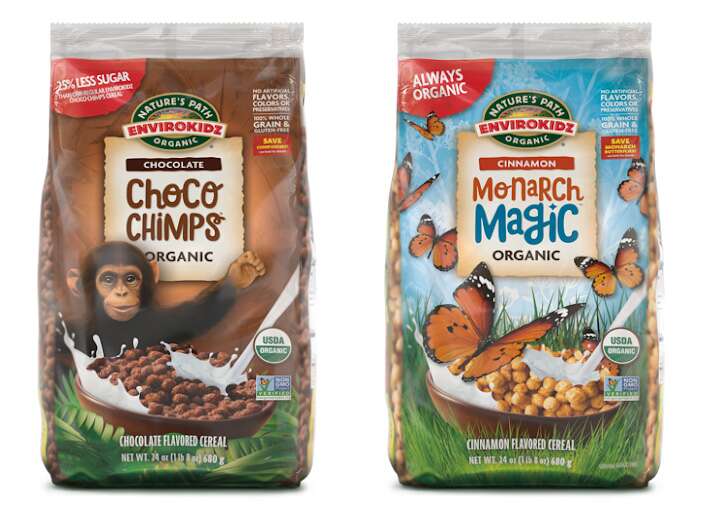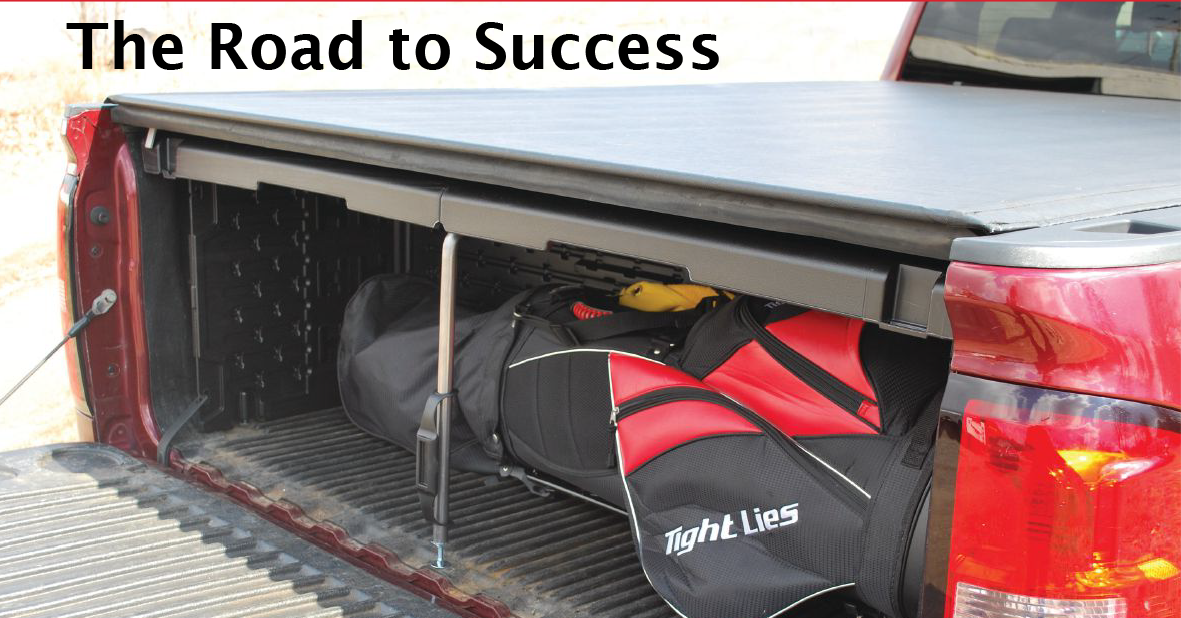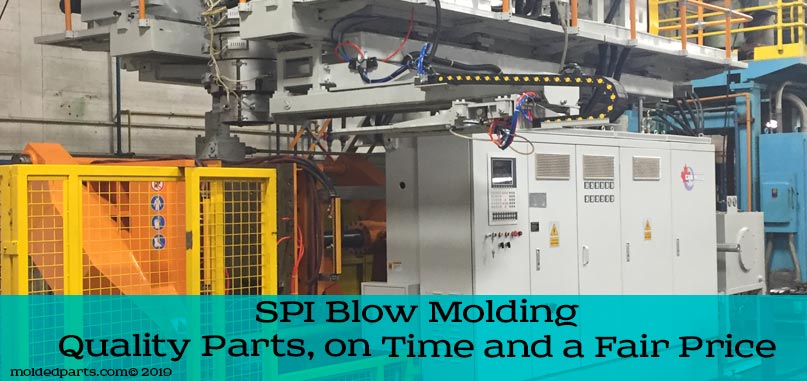Custom injection molding has become a crucial and widespread service for many different industries. This type of manufacturing can produce complex shapes and components quickly and with high precision, contributing to its popularity as a way to make custom plastic parts for many different applications. Here are just a few of the many different industries […]
News
Custom blow molding provides the flexibility and performance necessary to address real-world manufacturing challenges. It allows manufacturers to meet strict industry standards, enhance product designs, and improve overall efficiency. Having a reliable partner who understands the complexities of custom blow molding is essential. SPI has built a strong reputation for being that partner, adapting to […]
SPI Group’s plastic blow molding division, SPI Blow Molding LLC, and their proprietary product line of bulk dispensers, The Best Bins, is proud to announce their support of Avery's Pawsitive Change, non-profit organization dedicated to helping feed the pets of (families in need.) By partnering with community food pantries, Avery’s Pawsitive Change provides free pet […]
Pioneer in Organic Foods Commits to Making Organic Options More Accessible in Schools to Nourish Kids and the Planet VANCOUVER, BC (April 29, 2024) – EnviroKidz, the leading kids brand of the Nature’s Path Family of brands, today announced it is offering the nation’s first USDA Organic school compliant cereal as part of the National […]
By John Doster, president, and ownerSPI Blow Molding LLC Originally published in the August 2019 issues of The Journal of Blow Molding, a Publication of SPE Back in 2011, a small group of former automotive engineers and designers came together to bring one specific, innovative idea to life. Last year, 2018, that product – dubbed […]
The AH 550-100 Blow Molding Machine placed in production at SPI Blow Molding’s Coloma, Michigan plant is manufactured by Pet All Manufacturing Inc. The machine has a 20 lb. shot size with a part takeout and will be used to produce various industrial parts suitable for blow molding. Blow Molding Machine Component Main Features: The […]
